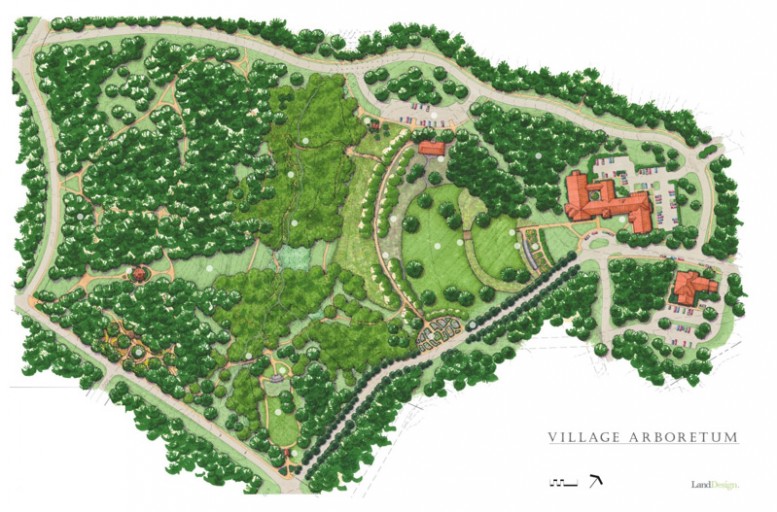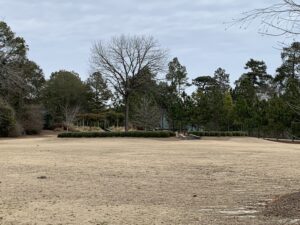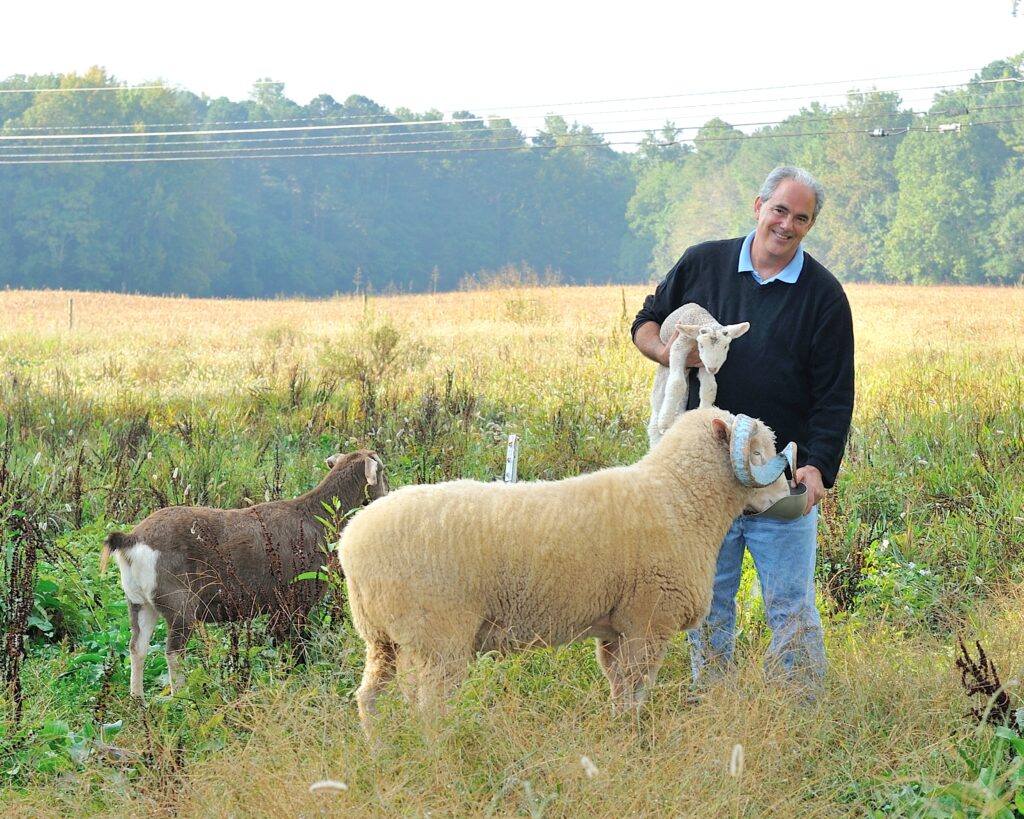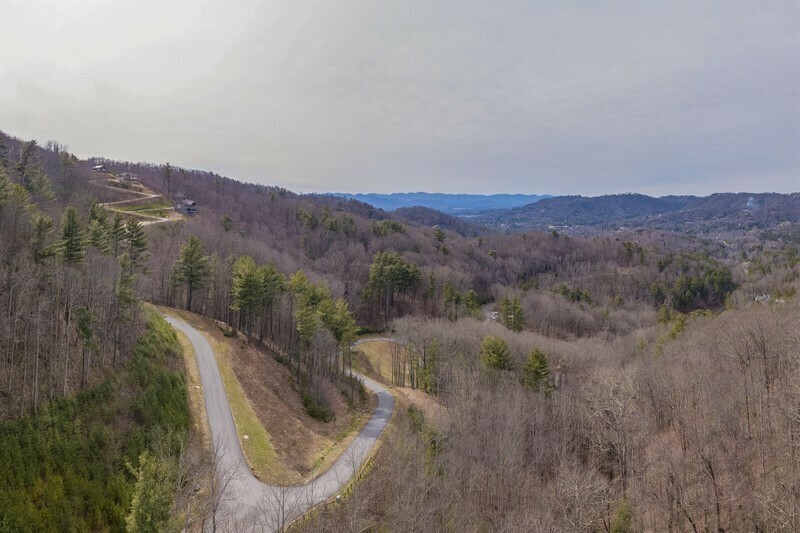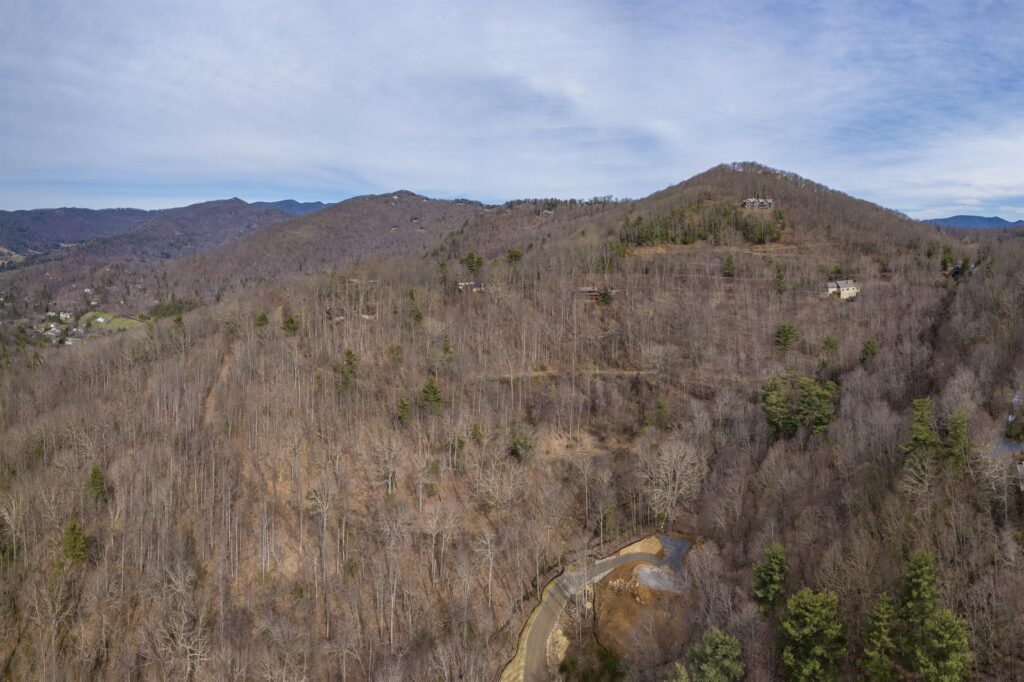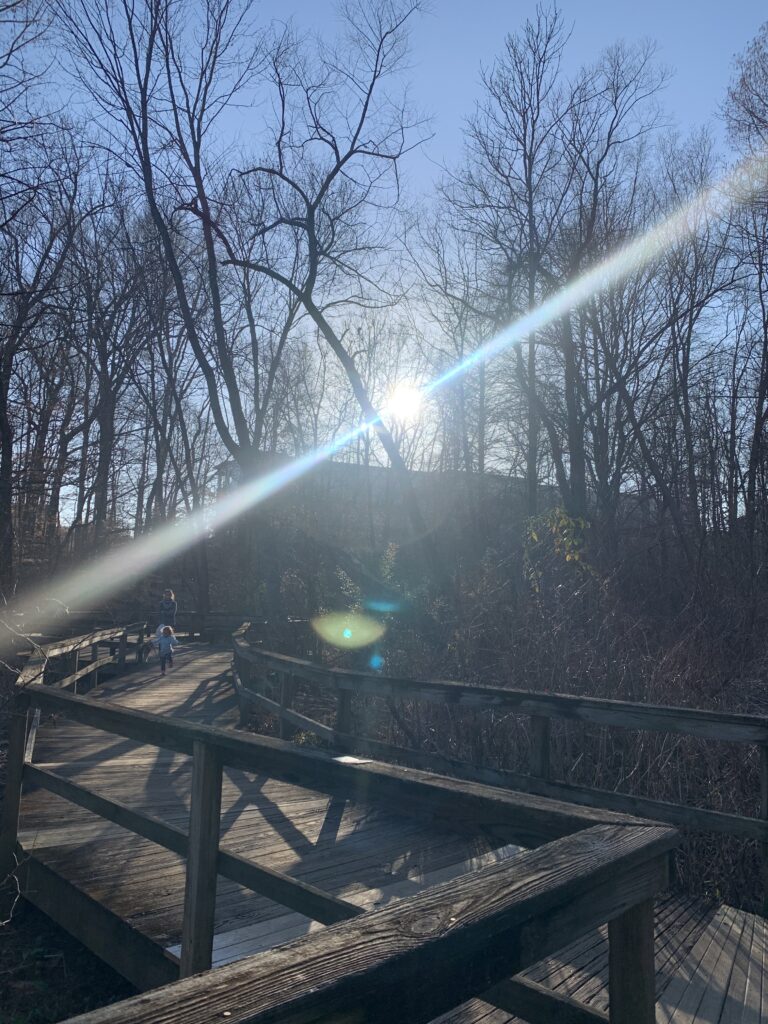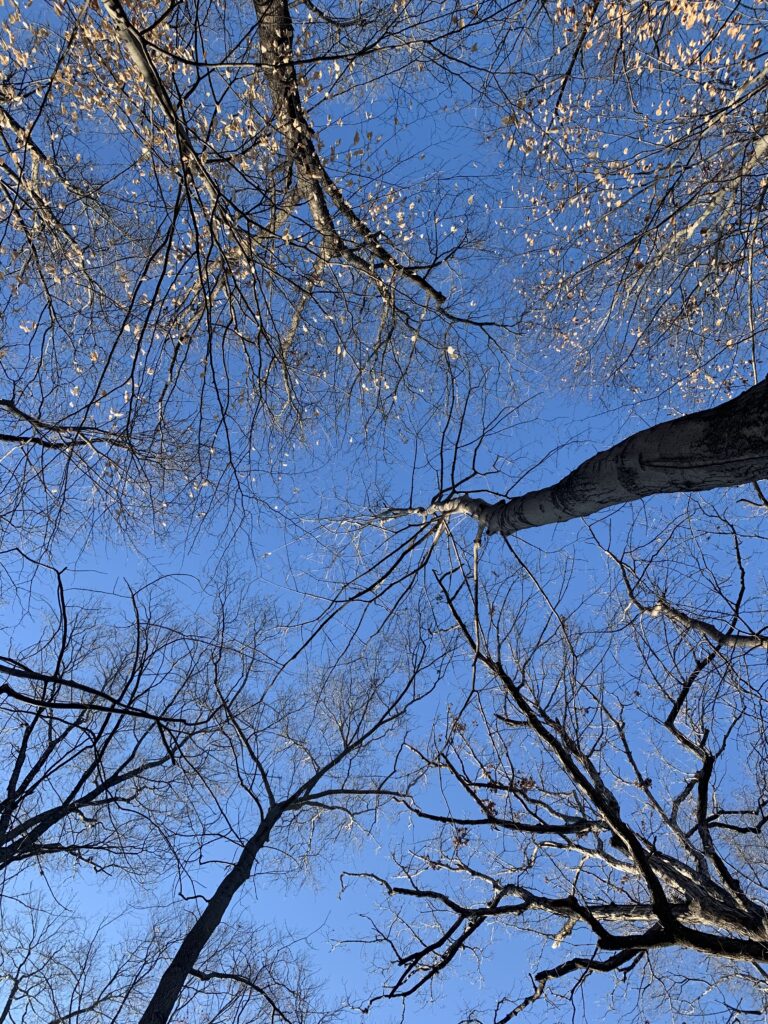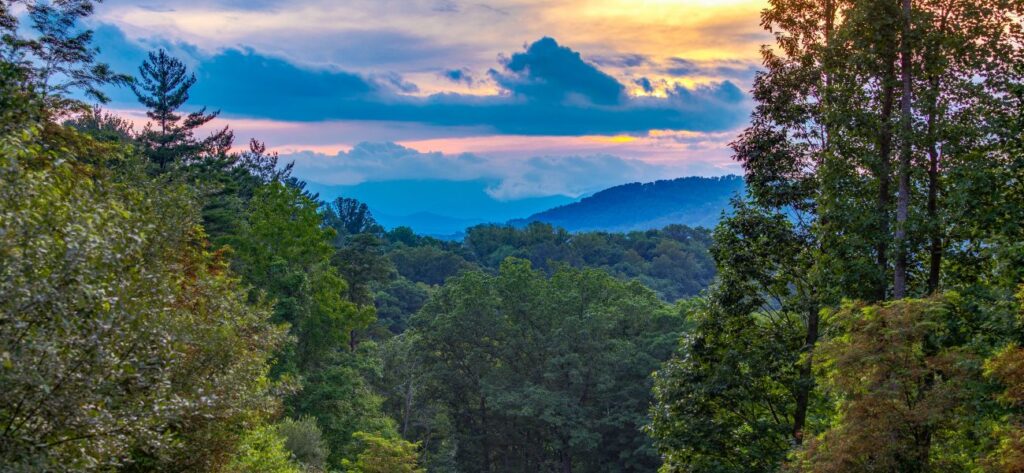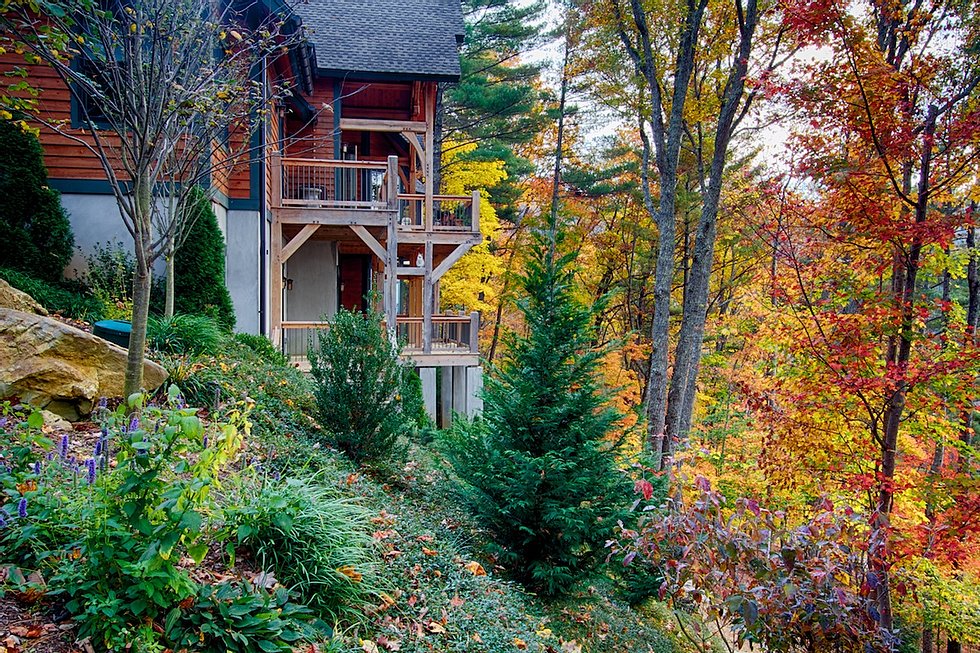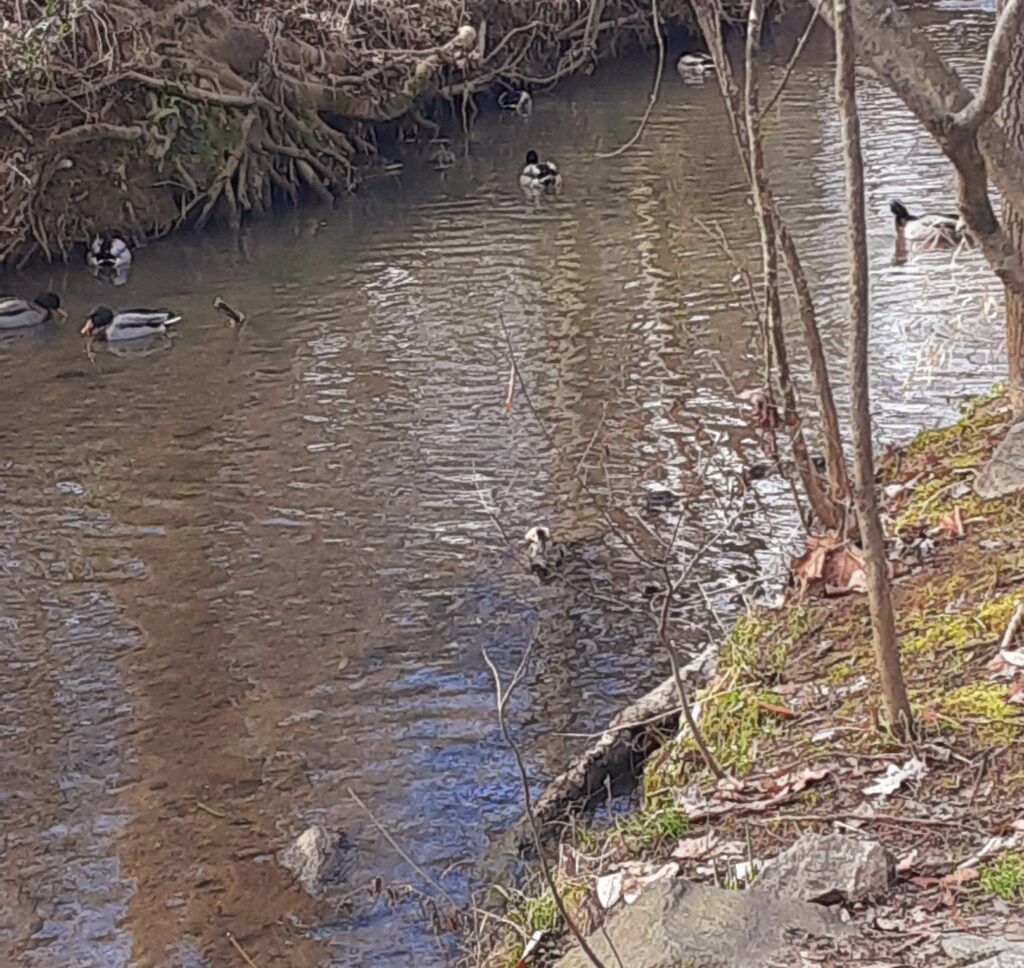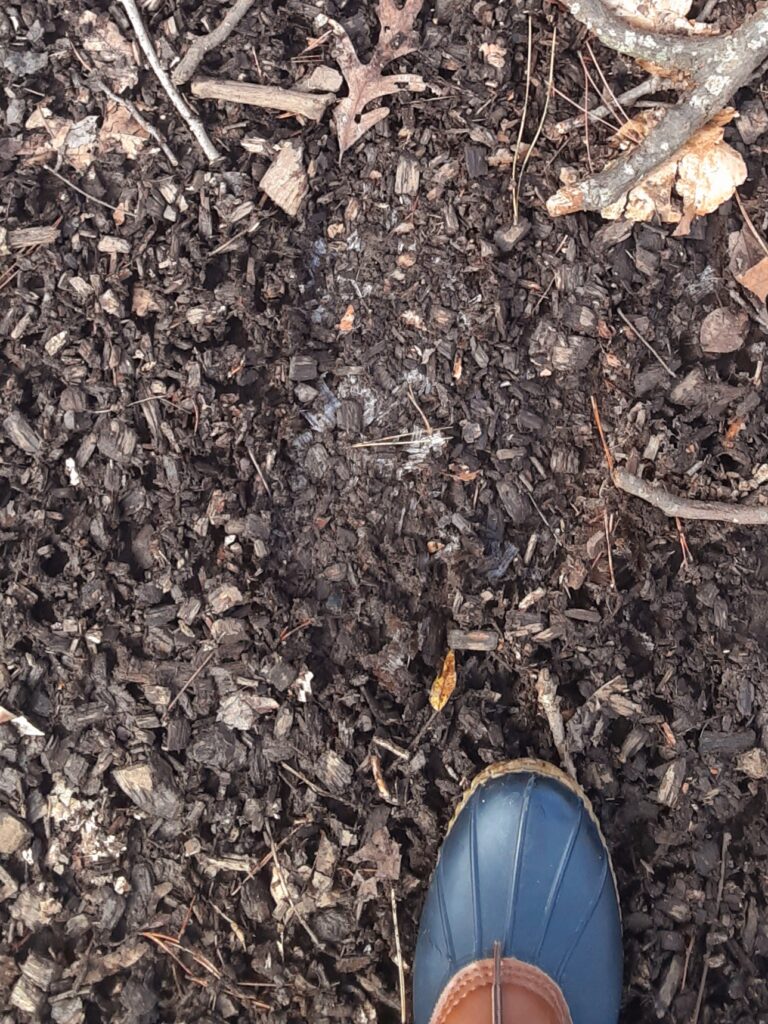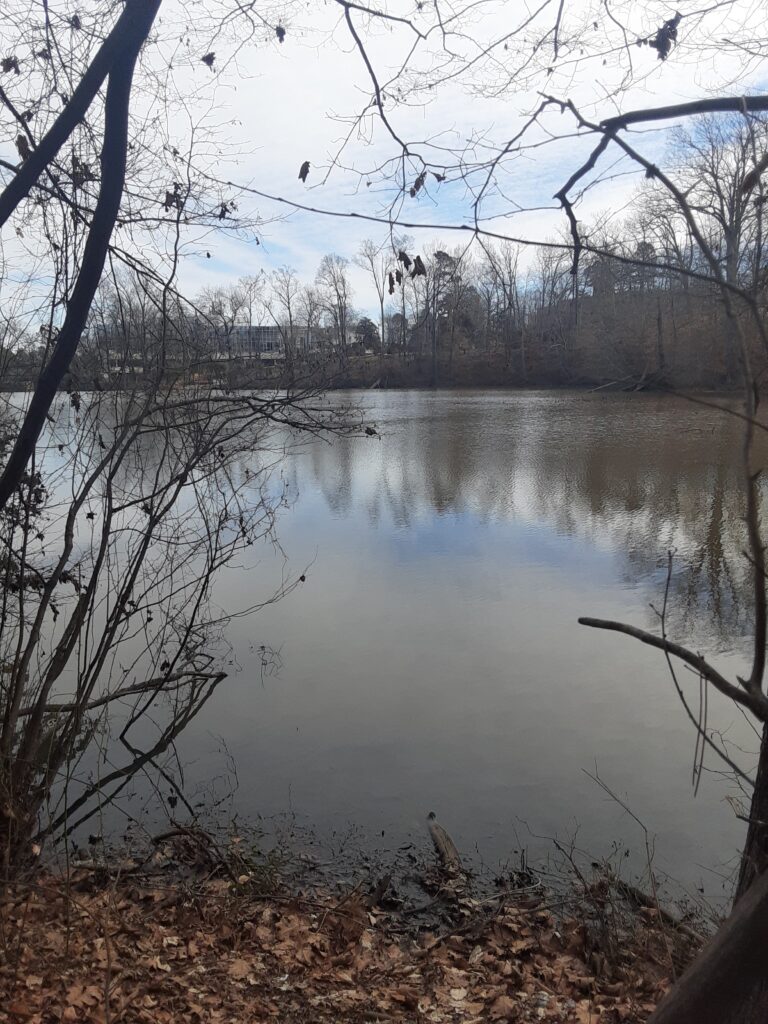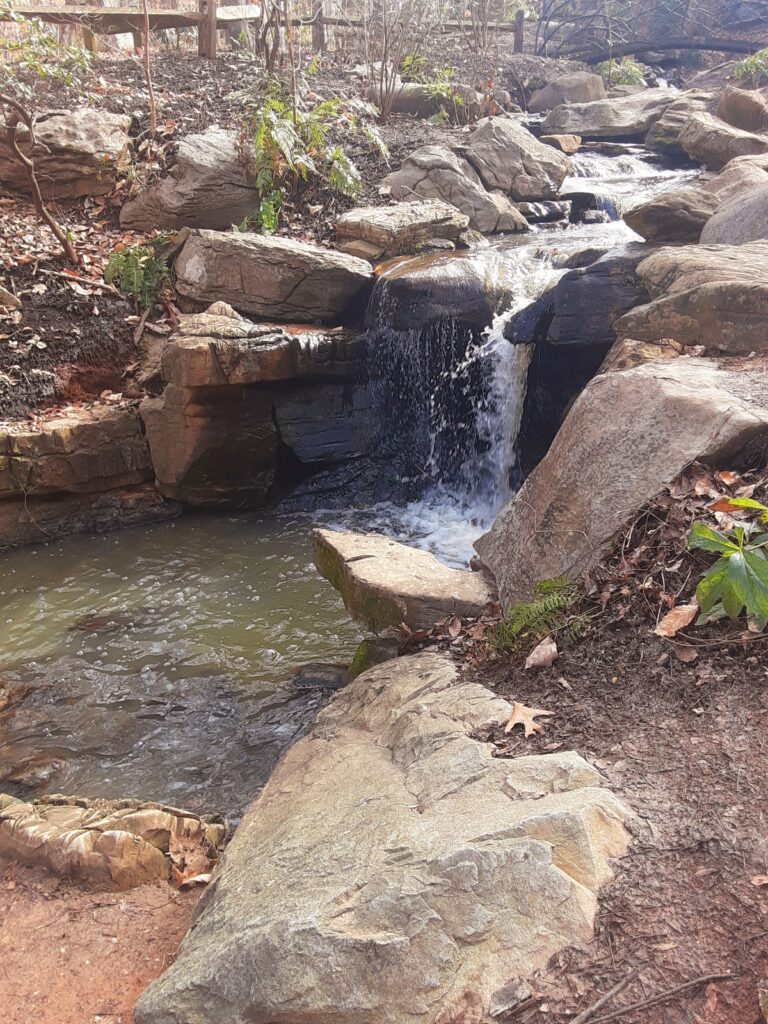I have been to my place, the French Broad River Greenway, multiple times since I moved to Asheville back in the summer. My first time going with this blog in mind was a few weeks ago on a very cold day with snow beginning to blow in. I walked the stretch of greenway, assessing the river and how high it was. I noticed the bare trees and brown ground. I shivered with the trees in the wind.
This greenway follows a pavement path for most of the way, but switches to dirt/mud towards the end right before it goes under the bridge. That section has a wildness to it. The switch from pavement to dirt has an almost immediate change between human and animal. In previous walks there, I have seen groundhogs nibbling the grass at this junction. On this particular walk, I witnessed a sudden change in the amount of birds. There were quite a few small birds twittering in the bushes. There was a group of cold doves up on the power lines above the path. Crows were circling and bothering them. And, there was a hawk in a tree not but twenty feet from me. I watched it for probably twenty to thirty minutes. It was hunting. It was also cold like me. It would fluff up its feathers like I fluffed my coat in the wind. It looked at me some, but did not seem worried by my presence.

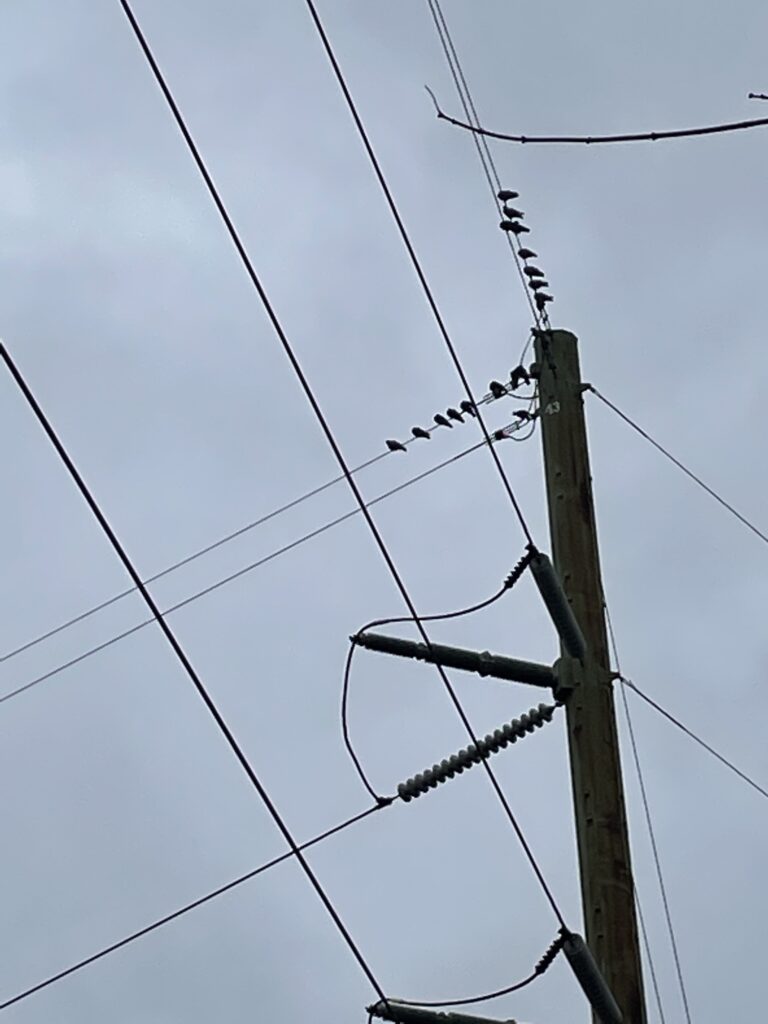


I later tried to identify the hawk. I narrowed it down to either a Cooper’s hawk or a Red-Shouldered hawk. Which one, I am not certain because the shoulders and tail were not very visible. It did not appear to be particularly red in color, so I think it to be a Cooper’s hawk, however it could have been young and immature.
I greatly enjoyed watching this hawk because it was wild but in a mostly human altered area. It sat on a tree right next to the road and above the river. I stood between it and the river, watching it as it watched for small creatures to eat for lunch. It was awe inspiring to watch it, but also worrisome because it was cold and hungry. I felt that I wanted to help it, but there was nothing I could do. This is the life of a hawk. They must perch and hunt, whether it be cold or hot.
At one point it flew to try to catch something near the road. It flew out of my sight, behind the bushes that sat along the road. I worried that it would be hit by a car; that road is well travelled and travelled quickly. I was concerned I might hear a thud. I waited for it to return for a few nervous seconds. It did, but without lunch. It continued its perching and watching. At that point, I decided to leave it because I had been standing around watching it for quite some time and it was very cold. But, it was a very enjoyable sight and I hope to see the hawk again the next time I go to the greenway.
Links to hawk identification:

